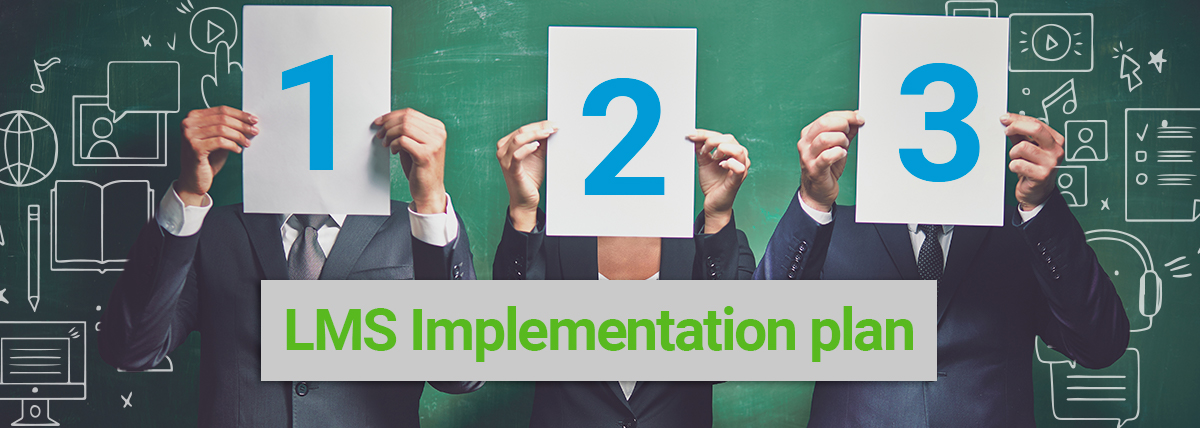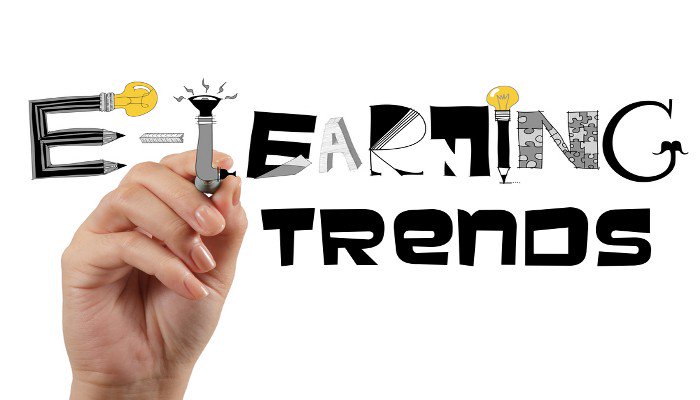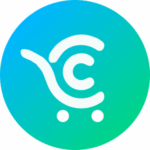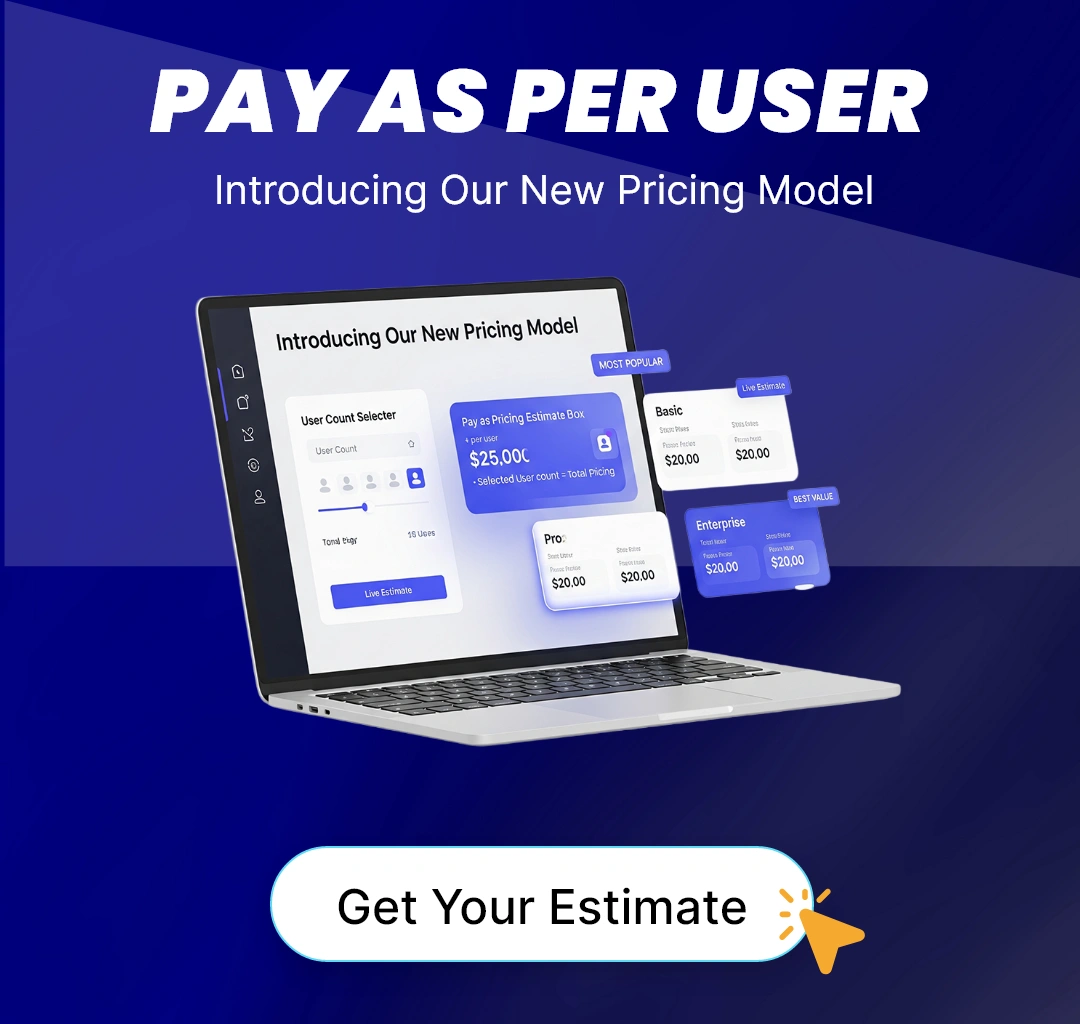The success of your eLearning programs not only comes from the part of the strategies you use with your users to accept and understand the training from a Learning Management System, but also from the way that you organize and plan the LMS implementation. To be clear about the route and avoid mistakes and waste money, you should think and build an LMS Implementation plan.
Choosing the right LMS is important but is only half of what you need to be successful in the eLearning world. To get the most out of a Learning Management system you need to learn how to run and integrate the LMS into your organization’s structure.
Not all companies use LMS for the same purpose. It could be for induction, skills training, updates training, service/product training, etc. The same thing happens with the consumer, they and their purpose may vary too. There can be internal employees, managers, or even channel partners.













